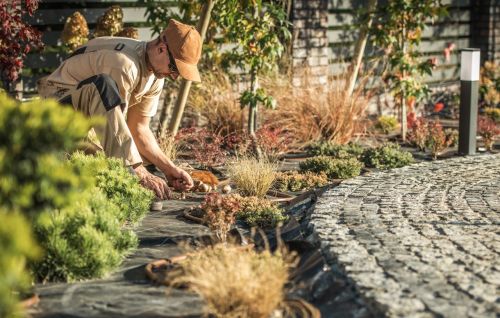In modern construction and landscaping projects, membranes play a critical role in both functionality and durability. Whether it's waterproofing rooftops or protecting root zones in green spaces, membranes offer reliable and long-lasting solutions. So, what is a membrane, what are its benefits, and where is it used? Let’s explore all the essential information about membrane applications and types.
rn
A membrane is a thin, flexible, and waterproof material layer used to protect surfaces from water, moisture, air, or chemical damage. It usually comes in rolls and is applied using heat or adhesives. Membranes are widely used across industries—from construction and agriculture to landscaping and drainage systems.
rnrnMembrane systems are especially common in roofing, basements, terraces, and green roof landscapes. Due to their water resistance and durability, they are also ideal for protecting structural layers from root intrusion and excess moisture.
rnrnIn landscaping projects, membranes are used to:
rnrnPrevent water seepage from soil layers
rnProtect concrete structures from plant roots
rnSupport controlled drainage and moisture direction
rnThe quality of a membrane depends on the material and structure. However, high-performance membranes typically offer:
rnrnWaterproof performance
rnHigh flexibility and durability
rnUV resistance
rnProtection against chemicals and bacteria
rnEasy application and bonding capability
rnThanks to these features, membranes ensure long-term, reliable insulation in both horizontal and vertical structures.
rnrnThere are several types of membranes, each designed for specific purposes and environments. Common membrane types include:
rnrnIdeal for waterproofing roofs, terraces, and foundations
rnApplied using heat (torch-on system)
rnHighly resistant to external conditions
rnLightweight, UV-resistant, and flexible
rnCommonly used on terraces and flat roofs
rnApplied with mechanical fastening
rnRubber-based, long-lasting, and elastic
rnSuitable for rooftops, ponds, and water tanks
rnExcellent weather resistance
rnEco-friendly and recyclable
rnOffers seamless waterproofing via heat welding
rnCommon in modern green building projects
rnHigh-density or low-density polyethylene
rnUsed in drainage systems, landscaping, and agriculture
rnStrong chemical and root resistance
rnProper drainage is vital for the health of plants and the longevity of structural elements in landscaping. Membranes help manage water effectively within drainage systems.
rnrnBy acting as a barrier, membranes stop water from seeping into foundations or hardscapes.
rnrnActs as a root barrier, guiding root growth and preventing structural intrusion.
rnrnHelps manage the direction of runoff water, minimizing erosion and promoting efficient drainage.
rnrnChoosing the right membrane is only part of the equation—proper application is essential for long-term performance. At Cem Botanik, our expert team provides high-quality materials and membrane application services tailored to your project needs.
rnrnFor more information and to get support from our professionals, visit our membrane application page.
rnrnMembrane systems are a smart and effective solution in both construction and landscaping. In this article, we’ve explained what a membrane is, what it’s used for, and which types are best suited for various applications.
rnrnWith long-lasting performance and environmental protection, membranes add value and reliability to every project. If you're looking for a professional and durable solution, Cem Botanik is here to help.
rn




